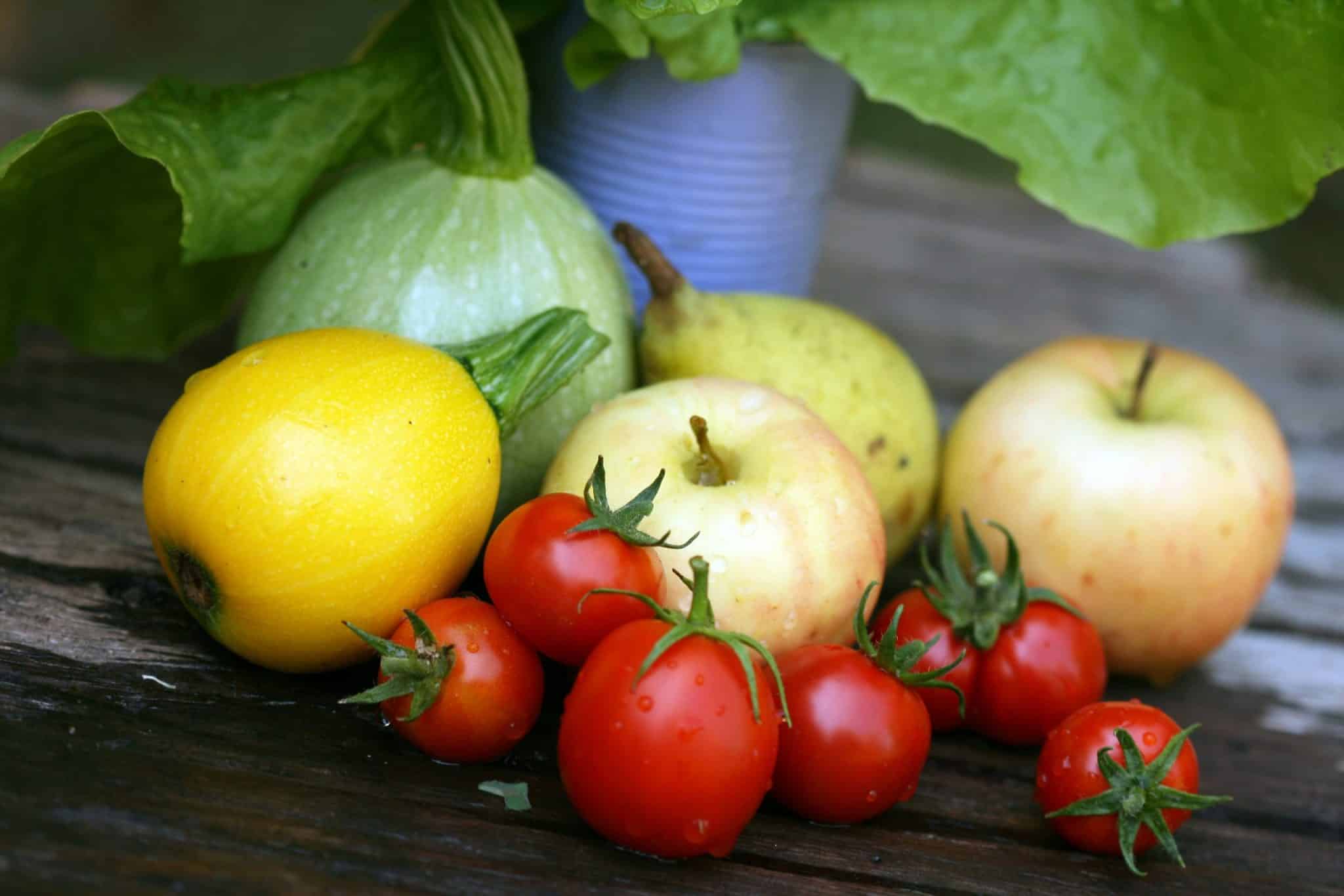Pickling Vegetables for Year-Round Flavor
Pickling vegetables is a delicious and efficient way to preserve produce for year-round flavor. Whether you have a bountiful garden or are taking advantage of seasonal farmers’ markets, pickling is a fantastic way to extend the shelf life of your favorite veggies and add a unique and tangy flavor to your meals. This time-tested preservation technique has been used for centuries and can be done with a few simple ingredients and tools. In this article, we will go over the basics of pickling vegetables and how you can create delicious pickled treats to enjoy all year long.
The Basics of Pickling Vegetables
Pickling refers to the process of preserving food in a solution consisting of vinegar, salt, and various spices. This technique has been used for centuries as a way to preserve food for extended periods, especially during the winter months when fresh produce is scarce. The process of pickling not only helps to preserve food but also adds a unique and tangy flavor that enhances its taste and makes it a popular method of food preservation.
Choosing the Right Vegetables
Not all vegetables are suitable for pickling. Generally, firm and hearty vegetables are better for pickling than soft and delicate ones. Some popular vegetables for pickling include cucumbers, carrots, radishes, beets, cauliflower, and green beans. It’s important to choose fresh and high-quality vegetables for pickling to ensure the best flavor. You can either grow your own or buy them from your local farmers’ market or grocery store.
The Pickling Solution
The pickling solution is a combination of vinegar, water, salt, and various spices. This solution acts as both a preservative and a flavor enhancer. Vinegar, with its high acidity, helps to kill any bacteria and prevents food from spoiling. The salt draws out moisture from the vegetables, making them crunchier. You can use either white vinegar or apple cider vinegar for pickling, depending on your preference. However, apple cider vinegar adds a slightly sweet and fruity flavor to the vegetables which some people prefer.
The Pickling Process
Step 1: Preparing the Vegetables
Before pickling, it’s important to thoroughly clean and sanitize your vegetables. Make sure to remove any dirt or debris and cut them into uniform sizes for even pickling. You can either leave the skin on or peel it off, depending on your preference. Cutting the vegetables into thin slices or spears will help them absorb the pickling solution better.
Step 2: Preparing the Pickling Solution
To prepare the pickling solution, mix equal parts of water and vinegar into a pot. Add about two tablespoons of salt for every four cups of water and vinegar mixture. You can also add spices such as mustard seeds, dill, garlic, and peppercorns to give your vegetables a unique flavor. Bring the mixture to a boil and let it simmer for a few minutes until the salt dissolves.
Step 3: Pickling the Vegetables
Place the prepared vegetables in a glass jar or container and pour the pickling solution over them. Make sure the vegetables are completely submerged in the solution. If needed, you can add more vinegar or water to cover the vegetables. Close the jar tightly and let it sit in the fridge for at least a week before consuming. This allows the flavors to develop and the vegetables to absorb the pickling solution.
Enjoying Your Pickled Vegetables
Pickled vegetables can be enjoyed in various ways. They make a great addition to sandwiches, salads, and as a side dish for your meals. You can also use them as toppings for tacos and burgers or enjoy them as a tasty snack on their own. With pickled vegetables, the possibilities are endless. They not only add a burst of flavor to your meals but also contain essential vitamins and nutrients, making them a healthy and tasty addition to your diet.
In conclusion, pickling vegetables is a simple and delicious way to preserve produce and enjoy their tangy and unique flavor all year long. With just a few ingredients and tools, you can create your own pickled treats and enjoy them in various ways. So go ahead and experiment with different vegetables and flavors to create your own favorite pickled combinations and add a delightful twist to your meals.










